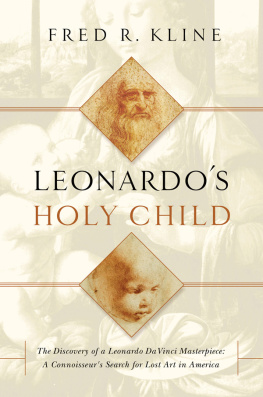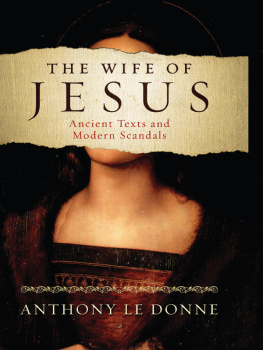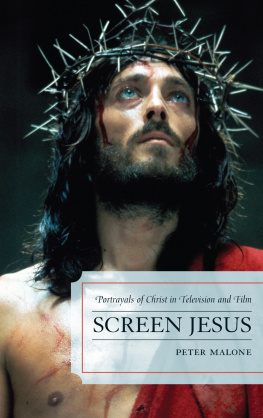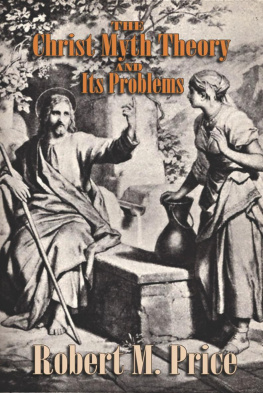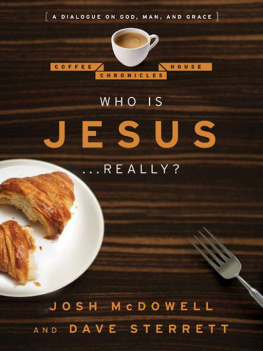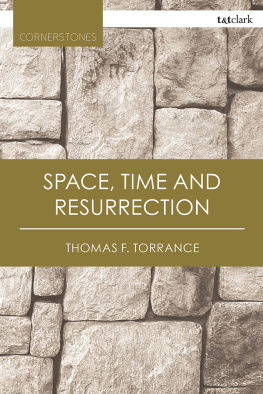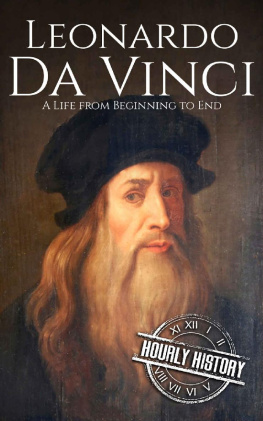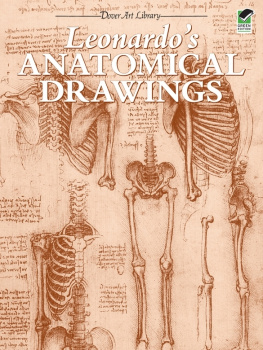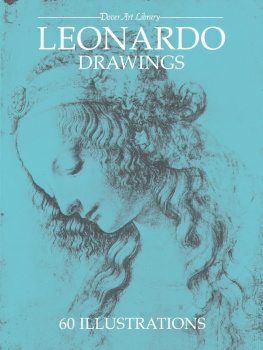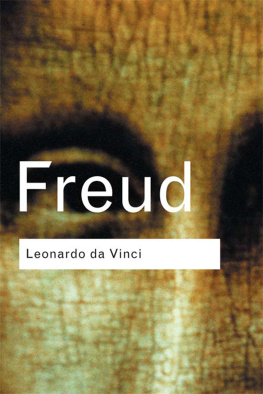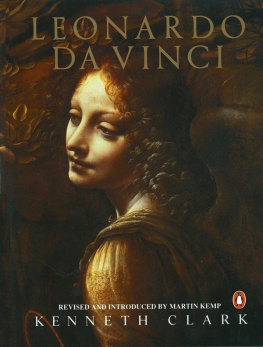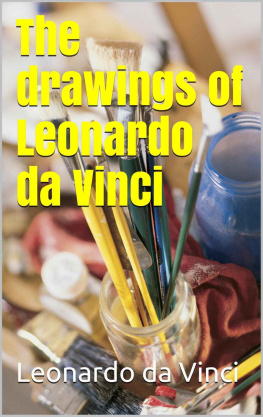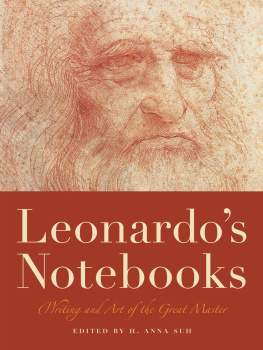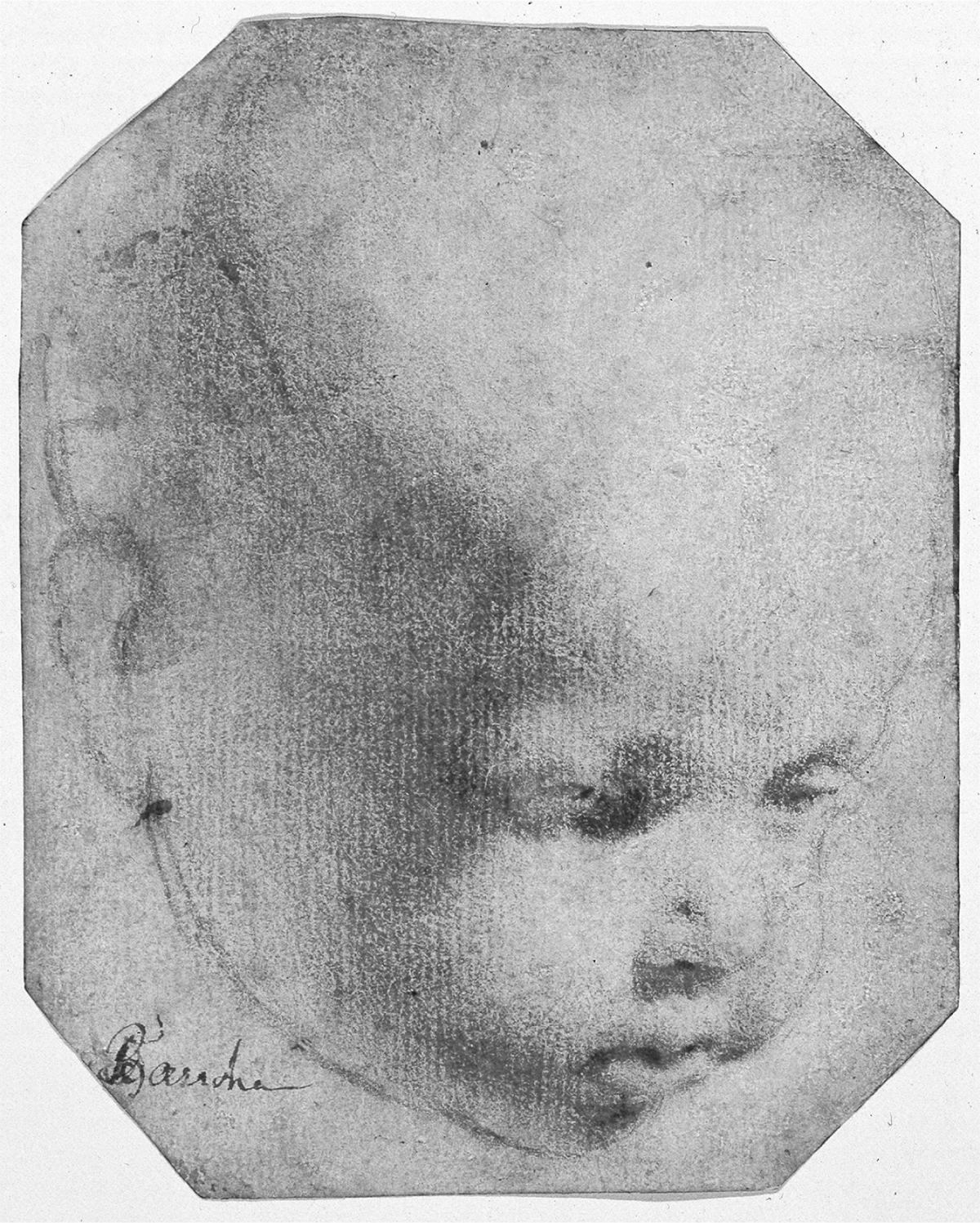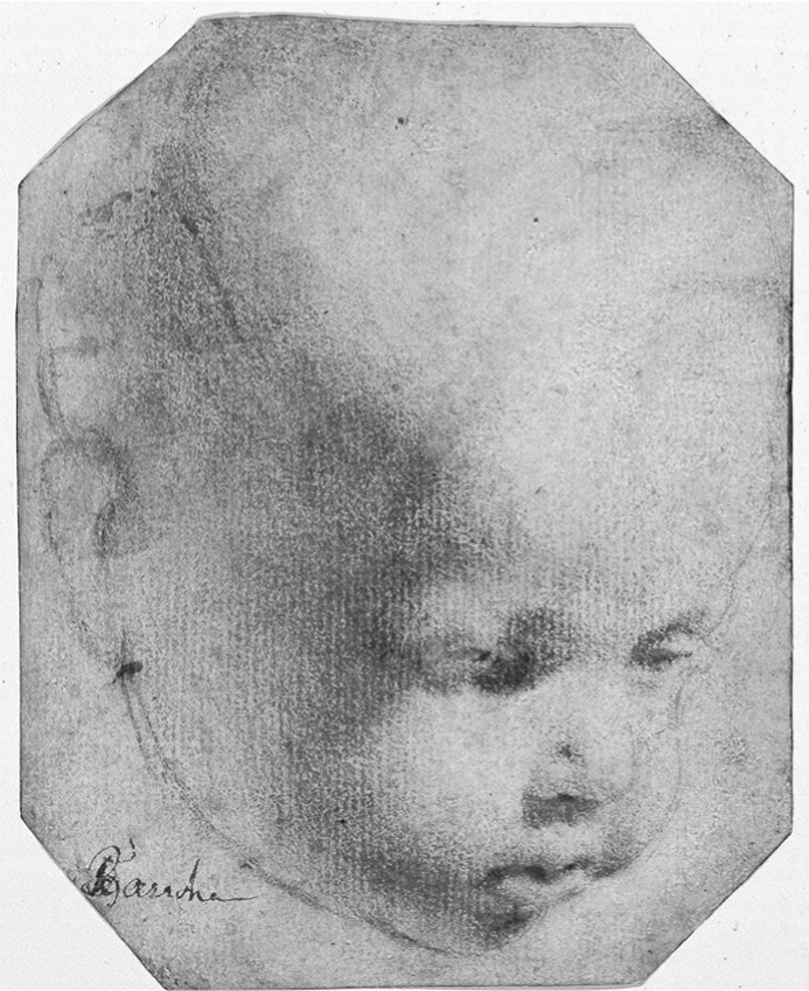Jesus Christ Jesus Christ. - Leonardos holy child : the discovery of a Leonardo da Vinci masterpiece : a connoisseurs search for lost art in America : a memoir of discovery
Here you can read online Jesus Christ Jesus Christ. - Leonardos holy child : the discovery of a Leonardo da Vinci masterpiece : a connoisseurs search for lost art in America : a memoir of discovery full text of the book (entire story) in english for free. Download pdf and epub, get meaning, cover and reviews about this ebook. year: 2016, publisher: Pegasus, genre: Non-fiction. Description of the work, (preface) as well as reviews are available. Best literature library LitArk.com created for fans of good reading and offers a wide selection of genres:
Romance novel
Science fiction
Adventure
Detective
Science
History
Home and family
Prose
Art
Politics
Computer
Non-fiction
Religion
Business
Children
Humor
Choose a favorite category and find really read worthwhile books. Enjoy immersion in the world of imagination, feel the emotions of the characters or learn something new for yourself, make an fascinating discovery.
- Book:Leonardos holy child : the discovery of a Leonardo da Vinci masterpiece : a connoisseurs search for lost art in America : a memoir of discovery
- Author:
- Publisher:Pegasus
- Genre:
- Year:2016
- Rating:4 / 5
- Favourites:Add to favourites
- Your mark:
Leonardos holy child : the discovery of a Leonardo da Vinci masterpiece : a connoisseurs search for lost art in America : a memoir of discovery: summary, description and annotation
We offer to read an annotation, description, summary or preface (depends on what the author of the book "Leonardos holy child : the discovery of a Leonardo da Vinci masterpiece : a connoisseurs search for lost art in America : a memoir of discovery" wrote himself). If you haven't found the necessary information about the book — write in the comments, we will try to find it.
A single sketch becomes an all-consuming quest to understand and identify a work by Leonardo da Vinci himselfthe first new drawing by the great master to have surfaced in over a century.
Fred Kline is a well-known art historian, dealer, connoisseur, and explorer who has made a career of scouring antique stores, estate sales, and auctions looking for unusualand often misidentifiedworks of art. Many of the gems he has found are now in major museum collections like the Frick, the Getty, and the Metropolitan Museum of Art.
But this book is about the discovery of one piece in particular: About ten years ago, when Kline was routinely combing through a Christies catalog, a beautiful little drawing caught his eye. Attributed to Carracci, it came with a very low estimate, but Klines every instinct told him that the attribution was wrong. He placed a bid and the low asking price and bought the drawing outright. And that was the beginning of how Kline discovered Leonardo da Vincis model drawing for the Infant Jesus and the Infant St. John.
It is the first work by da Vinci to have surfaced in over a century. Leonardos Holy Child chronicles not only the story of this amazing discovery, from Klines research all over the world to how exactly attributions work with regards to the old masters (most of their works are unsigned). Kline also sheds light on the idea of connoisseurship, an often-overlooked facet of art history thats almost Holmesian in its intricacy and specificity.
16 page color image insert plus in-text illustrationsJesus Christ Jesus Christ.: author's other books
Who wrote Leonardos holy child : the discovery of a Leonardo da Vinci masterpiece : a connoisseurs search for lost art in America : a memoir of discovery? Find out the surname, the name of the author of the book and a list of all author's works by series.

